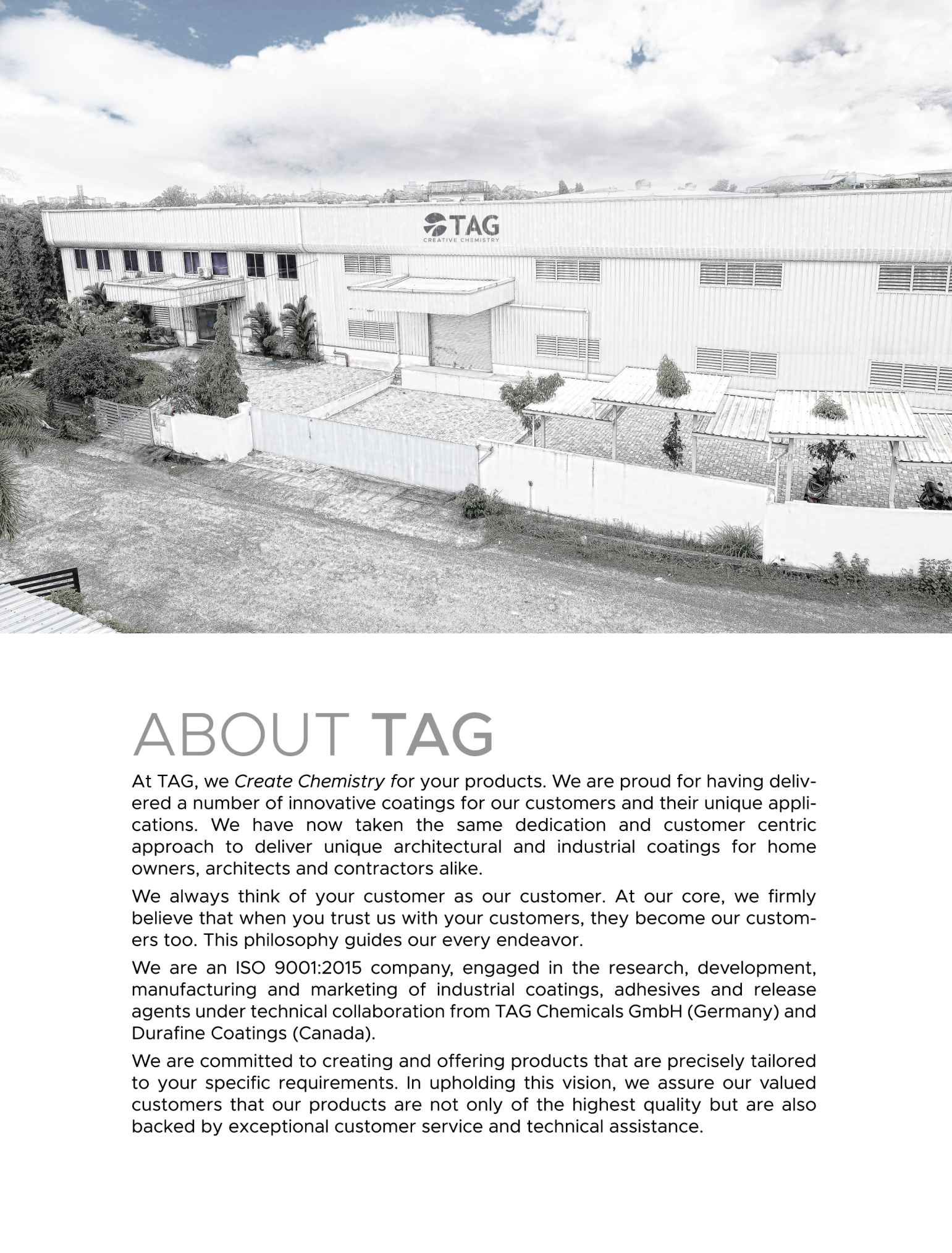
Editorial
- January 24, 2022
- 0
At the end of the year 2021, the economic condition of the country is looking strong. GST collection has increased. The stock market is booming. The value of Rupee is constant. According to all the global assessments, India has become the fastest growing economy among the major economies of the world, but at the same time new challenges are emerging. The total consumption by the public has still not reached the pre-Covid level. Rural unemployment is increasing. Wage rates are falling. Inequality is increasing. The Prime Minister has described self-employment as a major challenge. The paradox of rapid growth and declining employment has its roots in our model of economic development.
If small industries formalize their workers, then the Minimum Wage Act becomes applicable to them. When the wages of the worker increase, the cost of production increases. Therefore, if we increase formal employment, then employment will end. To achieve growth in employment, it is necessary to keep them informal. Then their livelihood will continue, but at a low level. That’s why we are seeing that the stock market is increasing simultaneously, that the stock market is increasing simultaneously and unemployment is also increasing. Therefore, we should give up the temptation of formalization and get an increase in the number of employment. Informal life is better than formal death.
The second challenge is inflation. At present, due to global warming, many natural changes are taking place. Somewhere it is drought and at other region a lot of rain. Due to this many agricultural products are getting spoiled. As a result, inflation has increased due to the impact on production. Here too the model of economic development is to blame. In the current model, we try to produce cheap. For example, the government has relaxed the standards for thermal power plants to pollute the air. Today cheap electricity is being produced by them. The cost of production is coming down across industries.
If the power plants were not allowed to pollute the air, electricity would have been expensive and the production cost would have been higher in the industries. So inflation increases, but due to the same air pollution, there has been a change in the climate. So inflation is increasing with economic development and common man is in trouble. The reason is that in the current model we only look at direct profit.
That is to say, when we achieve economic development by making cheap electricity by allowing thermal plants to pollute, then natural disasters come due to the same exemption and we have to pay for it, but only the benefits of cheap electricity is seen by economists, and the indirect damage caused to the environment is ignored. As a result, in spite of cheap electricity, the rate of economic growth has been declining continuously over the last seven years. Uncertainty in agricultural production and rising inflation. The challenge of 2022 is to implement the measures to protect the environment, which reduce the loss of economic development and reduce the loss of agricultural production to zero. Then we will be able to control inflation along with economic development and can also achieve improvement in the income of farmers.
Suresh Bahety | 9050800888
संपादकीय
वर्ष 2021 के अंत में देश की आर्थिक स्थिति सुंदृढ़ दिख रही है। जीएसटी की वसूली बढ़ी हुई है। शेयर बाजार उछल रहा है। रुपये का मूल्य स्थिर है। तमाम वैश्विक आकलन के अनुसार भारत विश्व की प्रमुख अर्थव्यवस्थाओं में सबसे तीव्र आर्थिक विकास हासिल करने वाली अर्थव्यवस्था बन चुका है, लेकिन साथ-साथ इसके सामने नई चुनौतियां भी उभर कर सामने आ रही हैं। जनता द्वारा कुल खपत अभी भी कोविड पूर्व के स्तर पर नहीं पहुंची है। ग्रामीण बेरोजगारी बढ़ रही है। वेतन की दरें गिर रही हैं। असमानता में वृद्धि हो रही है। प्रधानमंत्री ने स्वयं रोजगार को प्रमुख चुनौती बताया है। तीव्र विकास और घटते रोजगार के विरोधाभास की जड़ें हमारे आर्थिक विकास के माडल में हैं।
यदि छोटे उद्योग अपने कर्मियों का औपचारीकरण करते हैं तो उन पर न्यूनतम वेतन कानून लागू हो जाता है। श्रमिक का वेतन बढ़ता है तो उत्पादन लागत में वृद्धि होती है। अतः यदि हम औपचारिक रोजगार को बढ़ाया देंगे तो रोजगार समाप्त होंगे। रोजगार में वृद्धि हासिल करने के लिए उन्हें अनौपचारिक रखना ही जरूरी है। तब उनकी जीविका न्यून स्तर पर ही सही, परंतु चलती रहेगी। इसलिए हम देख रहे हैं कि एक साथ शेयर बाजार बढ़ रहा हैं कि एक साथ शेयर बाजार बढ़ रहा है और बेरोजगारी भी बढ़ रही है। इसलिए हम औपचारीकरण का मोह छोड़ें और रोजगार की संख्या में वृद्धि हासिल करें। औपचारिक मृत्यु की तुलना में अनौपचारिक जीवन ही अच्छा है।
दूसरी चुनौती महंगाई की है। वर्तमान में ग्लोबल वार्मिंग के कारण तमाम प्राकृतिक परिवर्तन हो रहे हैं। कहीं सूखा तो कहीं अति वर्षा की मार पड़ रही है। इससे कई कृषि उत्पाद खराब हो रहे हैं। फलस्वरूप उत्पादन प्रभावित होने से महंगाई बढ़ी है। यहां भी आर्थिक विकास का माडल दोषी है। वर्तमान माडल में हमारा प्रयास रहता है कि हम सस्ता उत्पादन करें । जैसे थर्मल बिजली संयत्रों को वायु प्रदूषित करने के मानकों में सरकार ने ढील दी है। उनके द्वारा आज सस्ती बिजली बनाई जा रही है। संपूर्ण उद्योगों में उत्पादन लागत कम आ रही है। बिजली संयत्रों को वायु प्रदुषित करने की छूट न देते तो बिजली महंगी होती और उद्योगों में उत्पादन लागत ज्यादा आती। लिहाजा महंगाई बढ़ती, लेकिन उसी वायु प्रदूषण के कारण जलवायु में परिवर्तन आया है। इसलिए आर्थिक विकास के साथ महंगाई बढ़ रही है और आम आदमी मुश्किल में है। कारण यह है कि वर्तमान माडल में हम केवल सीधे लाभ को देखते हैं।
कहने का आशय यह है कि जब हम थर्मल संयत्रों को प्रदूषण करने की छूट देकर सस्ती बिजली बनाकर आर्थिक विकास हासिल करते हैं तो उसी छूट के कारण प्राकृतिक आपदाएं आती हैं और हमें उसका मूल्य अदा करना पड़ता है, लेकिन अर्थशास्त्रियों द्वारा केवल सस्ती बिजली के लाभ को देखा जाता है और पर्यावरण के कारण जो अप्रत्यक्ष हानि होती है, उसे नजरंदाज किया जाता है। परिणामस्वरूप सस्ती बिजली के बावजूद आर्थिक विकास की दर पिछले सात वर्षों में लगातार घट रही है।
कृषि उत्पादन में अनिश्चितता और महंगाई बढ़ रही है। 2022 की चुनौती है कि पर्यावरण रक्षा के उन उपायों को लागू किया जाए, जिनसे आर्थिक विकस की हानि कम और कृषि उत्पादन की हानि शून्य हो जाए। तब हम आर्थिक विकास के साथ-साथ महंगाई पर नियंत्रण कर सकेंगे और किसानों की आय में भी सुधार हासिल कर सकते हैं।

































































